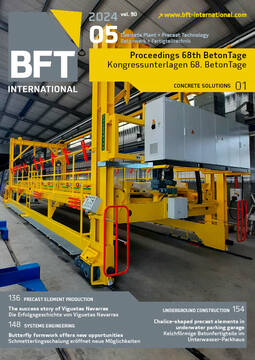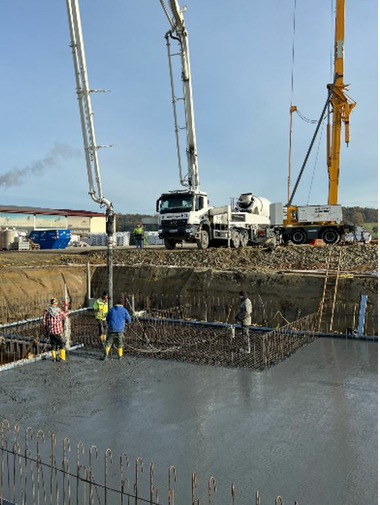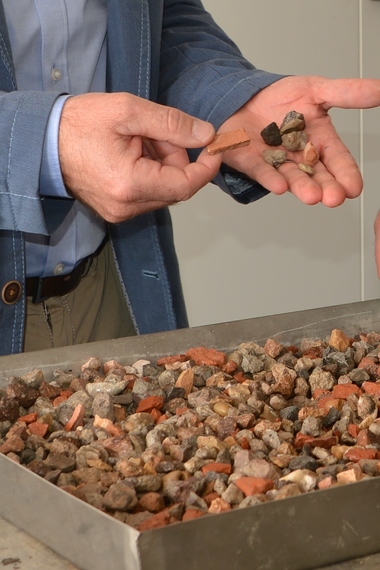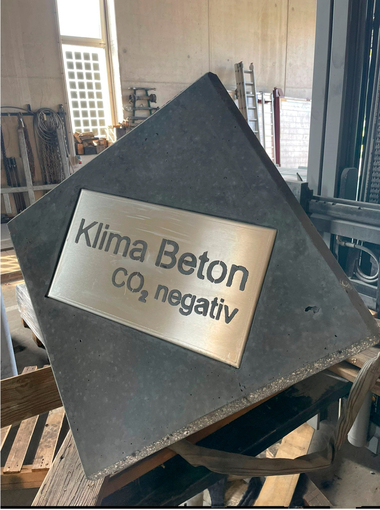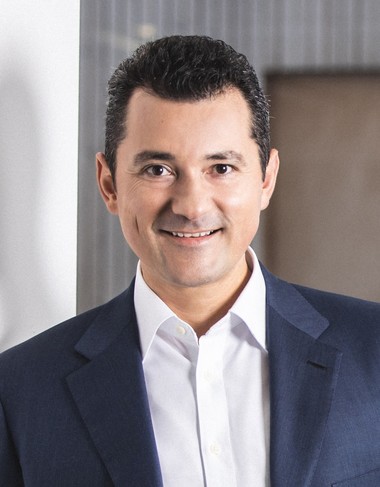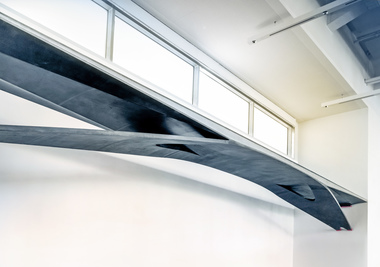The future of concrete: Working together to rewrite the concrete story
To meet global sustainability goals and combat climate change, we must take a critical look at the materials that shape our modern lives, including the plastic packaging of our food, the rare earths in our smartphones, and the components of the buildings in which we live and work. This work is inconvenient, but it is important and the right thing to do.
Concrete is currently having a particularly tough time in the public
debate: It is referred to as a “climate killer” and a “dirty material” in desperate need of replacement. It is indeed true that the production
of cement emits a lot of carbon. What is often neglected in the heated discussions, though, are its many advantages. Engineered stone is strong and durable. It is suitable for circular construction and can be cast into almost every conceivable shape, enabling us to design buildings that are both functional and aesthetically appealing.
We owe much of our prosperity to concrete, which was used to construct the lion’s share of our buildings and infrastructure. When considering these economic, ecological, and socio-cultural factors, the environmental footprint of concrete during its life cycle turns out to be completely different, perhaps even unrivaled.
Unrivaled, but not without prospects: In its rich history spanning thousands of years, concrete has experienced more than one revival. The Romans made it insoluble in water, cement was discovered as a quick-drying binder in Portland, and exposed concrete is all the rage in the design community year after year. We are currently ushering in its sustainable revival, because one thing is for certain: We are all working very hard, and successfully, on a wide range of projects to improve its environmental impact, including recycling-concrete, low-carbon binders, and carbon-reinforced concrete.
BetonTage provides an important platform for the material, its qualities and the innovative capacity of our industry. I appeal to all of you to use this network to communicate the benefits of concrete to the public. Let us work together to dispel stereotypes and counter climate
populism. Let us continue to write the positive story of concrete – in a facts-based, comprehensive, and forward-looking manner. Let us develop a new concrete narrative together by shifting boundaries with research, development and innovation.


